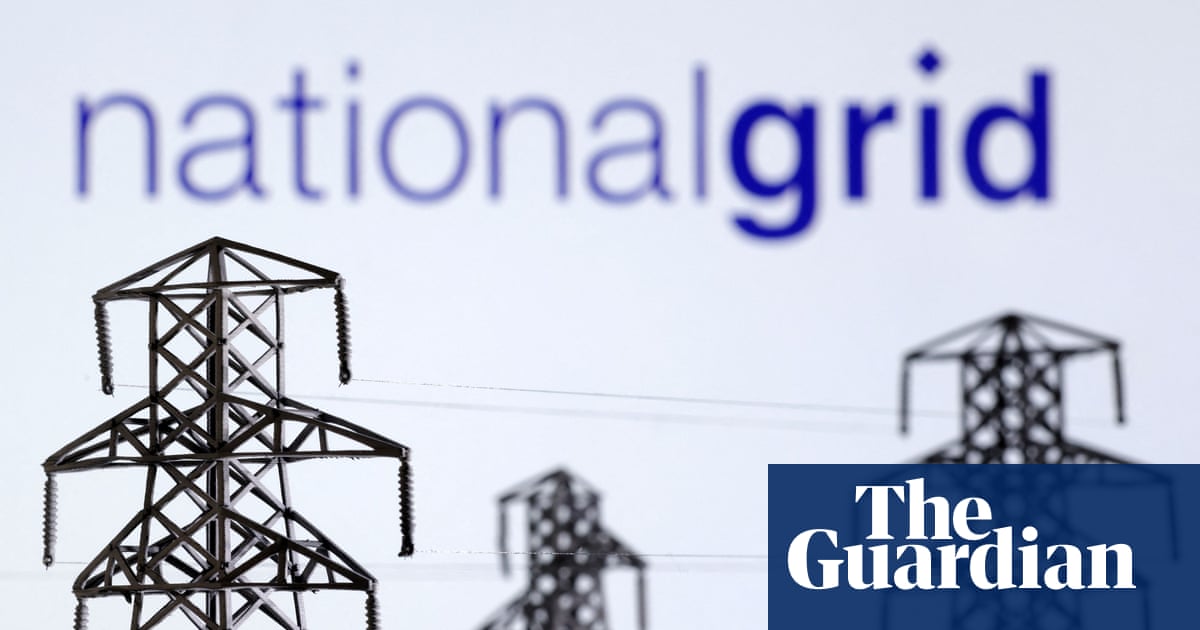
Call to set clear goals for cutting greenhouse gas emissions
LONDON: The current spike in oil and gas prices could not have come at a worse time. On the eve of the UN COP26 global climate conference in Scotland this month, soaring energy prices are resulting in increased investor interest in fossil fuel companies.
The S&P 500 energy sector is up around 50 percent this year and has been the wider index’s best-performing group.
Indeed, a recent report stated financial institutions in the G20 are carrying almost $22 trillion of exposure to carbon-intensive sectors despite increasing pressure for companies to disinvest in polluting industries.
The report, by Moody’s Investors Service, warned banks and asset managers need to “ramp up” climate risk assessments and “set clear goals for reaching net-zero in their financed emissions.”
Moody’s warning comes after the London Financial Times reported this week that global banks have refused to commit to the International Energy Agency’s road map for cutting greenhouse gas emissions to net zero by 2050.
The FT said negotiators for the Glasgow Financial Alliance for Net Zero, an initiative led by UN special envoy for climate action and finance Mark Carney to encourage finance groups to stop funding fossil fuel companies, have struggled to convince banks to agree to end financing of all new oil, gas and coal exploration projects this year.
Many analysts believe the huge rises in gas and oil prices is evidence of the risks of phasing out fossil fuel production too quickly while renewable energy remains unable to pick up the slack of global demand.
Earlier this year, Saudi Arabia’s Energy Minister Prince Abdulaziz bin Salman criticized the IEA’s call for the energy sector to be net zero by 2050, calling it a “la-la-land” scenario.
Last week, Qatari Energy Minister Saad Al-Kaabi criticized governments for making statements about eliminating emissions without adopting clear plans to achieve net-zero.
Al-Kaabi’s comments followed an announcement by Dubai’s ruler Sheikh Mohammed bin Rashid Al-Maktoum, that the country planned to become the first Middle East oil producer to achieve net zero by 2050.
The UAE’s emissions averaged almost 21 metric tons per person in 2018.
As a comparison, the figure in France, which is also committed to net zero by 2050, is 4.6.
Along with the UAE, Russia and Turkey also announced recently that they could be net-zero by 2060 and 2053 respectively although there were no details outlining they will move their economies away from fossil fuels.
The move follows EU plans to impose a carbon-border tariff that could force Russian and Turkish companies to pay for excess emissions in key industries.
However, for Russia to achieve net-zero by 2060 would require a massive overhaul of its economy.
Russia’s oil and gas sales contribute between 15 to 20 percent of the country’s GDP and fossil fuel exports account for more than 50 percent of all exports. The country’s coal industry contributes around 12 percent to GDP.
Achieving net-zero in Russia by 2060 will require a 65 percent reduction in its emissions according to research institute the World Resources Institute. Yet Russia’s most recent submission to the UN under the Paris Agreement suggested its emissions would increase 30 percent by the end of the decade compared to 1990 levels.
Meanwhile Turkey, which last week became the last G20 country to ratify the Paris accord, would have to slash its emissions by around 30 percent by the end of the decade to reach its 2053 target. The WRI had forecast Turkey was set to double its current emissions by the end of the decade.
While governments step up their commitments to sustainability to fend off new regulations and respond to growing pressure from investors the reality looks very different.
Moody’s report said G20 banks’ exposure to carbon-intensive sectors amounted to $13.8 trillion, while equities held by asset managers were worth $6.6 trillion.
Regionally, Asia and the Americans led the way with $9 trillion and $8 trillion respectively, with EMEA accounting for $5 trillion. There was no country breakdown.
By sector, manufacturing, power and other utilities, transportation, and oil and gas feature heavily among the G20 financial institutions’ top carbon-intensive exposures.
Companies and governments remain under increasing pressure from both climate-focused regulations and shareholder pressure to disinvest in polluting industries.
However, in a report published last month the WRI said G20 countries still account for 75 percent of global greenhouse gas emissions.
Helen Mountford, vice president, Climate & Economics, WRI said: “Action or inaction by G20 countries will largely determine whether we can avoid the most dangerous and costly impacts of climate change.”












